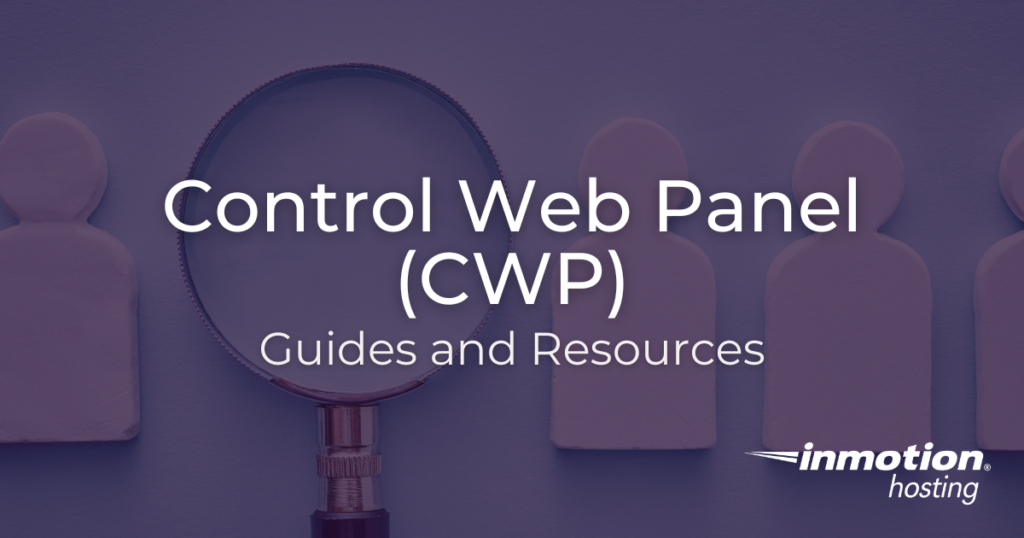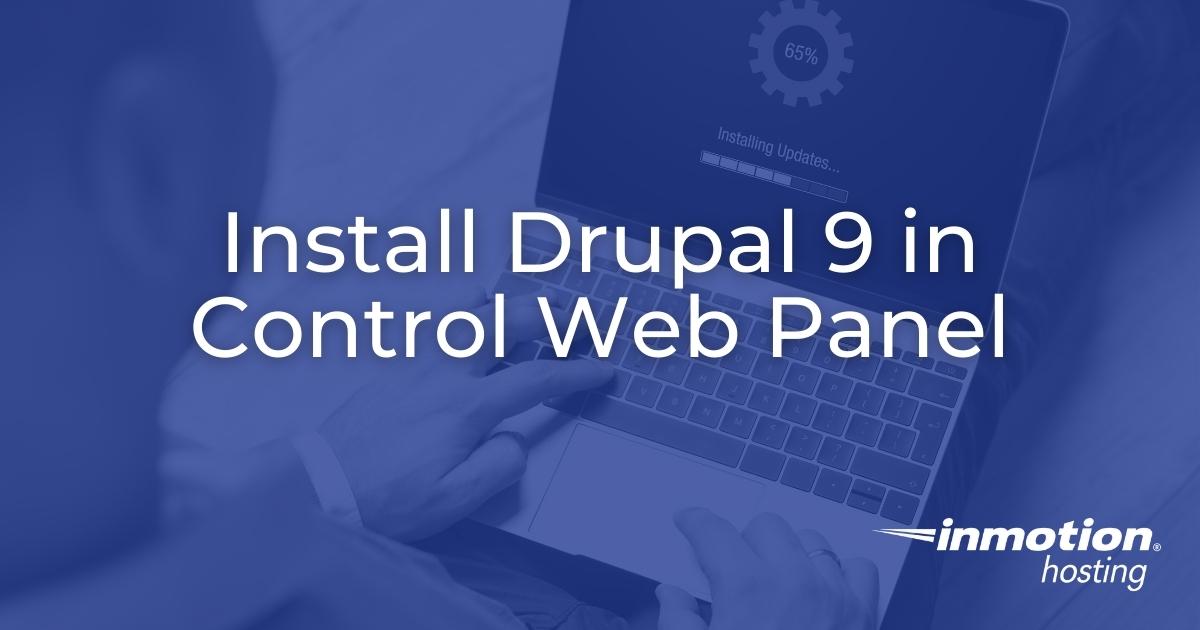General Data Protection Regulation (GDPR) compliance made user privacy an important step in web design in 2018. The popular WordPress content management system (CMS) built in a GDPR section to assist its users with compliance while other CMS’s offered plugins to do the same. Open Web Analytics doesn’t have a GDPR module but added features Read More >
Search Results for: Open Web Analytics
Disable Caching in Open Web Analytics
Open Web Analytics has built-in caching to make the most of hosting services. Within the settings is a Flush Cache Now option. However, if you’re working on development, such as developing a module. Below we cover how to disable caching in Open Web Analytics. Disable Caching Log into FTP, or cPanel File Manager, or SSH. Read More >
Setup Open Web Analytics
Open Web Analytics (OWA) is an open source web analytics program you can install to your server manually or with Softaculous to track activity on your websites. Below we cover how to set up Open Web Analytics. Setup Open Web Analytics Install Open Web Analytics via Softaculous or manually. If using Softaculous, ensure you enter Read More >
Remove Modules in Open Web Analytics
Removing unneeded features is an important but often neglected step in web design. Open Web Analytics includes a Hello World module as a template for users wishing to develop custom modules. For users uninterested in development, here’s how to remove modules in Open Web Analytics. Note: Below we’ll remove the pre-installed Hello World module. If Read More >
How to Migrate to Google Analytics 4 From UA
If you have been using Google Analytics (GA) already, you may have noticed alerts stating that it will stop working on July 1 of 2023. This is due to Universal Analytics also known as UA being phased out by Google and replaced with Google Analytics 4 (GA4). UA is the older version of data tracking Read More >
Installing Google Analytics on Your Website
At this point, you should have created a Google Account and activated the service for Analytics. Google provides you with a code snippet to insert into every webpage you wish to track. This is important. You must have the code on every page you wish to track or you will not see results for pages Read More >
Install Matomo Analytics on Control Web Panel
Many website owners install Matomo Analytics when opting for a self-hosted solution. It’s arguably the most popular open-source analytics software today with integrations for WordPress, Drupal, and many other popular content management systems (CMSs). Below we’ll cover how Control Web Panel (CWP) users can install Matomo Analytics manually. How to Install Matomo Analytics on Control Read More >
How to Install Drupal in Control Web Panel
Drupal is a popular content management system (CMS) for security conscious professionals who want to develop highly customized backend solutions and integrations. InMotion Hosting is a trusted Drupal host and contributor, with years of experience supporting Drupal users globally. Below we’ll cover how to install Drupal in Control Web Panel (CWP), formerly known as CentOS Read More >
How to Install SitePad in Control Web Panel (CWP)
There are a lot of website builders capable of complex, multi-function applications integrated with other essential software for running a successful business. But startup business owners and freelancers wanting a simple, drag-and-drop website website builder may want to install SitePad, or at least demo it. In this SitePad tutorial we cover what it does and Read More >

Control Web Panel Education Channel

Control Web Panel (CWP), formerly CentOS Web Panel, is a fully-featured web hosting control panel that ships with dozens of third-party integrations so that you can quickly start managing your Linux virtual private server or dedicated server.
- General Information
- Installation and Upgrades
- Installing Software
- User and Account Management
- Database Management
- Server Software
General Information
Gain a solid understanding of what CWP does, the differences between the free and paid version, and unmanaged server hardening capabilities.
- What is Control Web Panel Hosting?
- Control Web Panel – Free or Pro?
- How Secure is Control Web Panel (CWP)?
- Control Web Panel Demo Methods
- Logging into Control Web Panel (CWP) for the First Time
- Manage Your Control Web Panel Server from AMP
Installation and Upgrades
Learn how to install and upgrade the CWP software.
- How to Install Control Web Panel
- How to Update Control Web Panel (CWP)
- Upgrade Control Web Panel to a CWPpro License
Installing Software
These articles will assist you with installing and managing popular software and applications.
User and Account Management
These articles will guide you through effectively managing user accounts within the Control Web Panel.
- Migrating Accounts from cPanel to CWP
- How to List Accounts
- How to Create Packages
- Notification Center in CWP User Panel
- Mod Security Configuration
- FTP Accounts
- Change PHP Version
- DNS Records
- Domains and Subdomains
- Add a User
Instructions and best practices for setting up, managing, and troubleshooting email accounts and services.
Database Management
Learn how to install and manage the most popular database management software.
- Create MongoDB Databases
- Create PostgreSQL Databases
- Create MySQL Databases
- How to Repair MySQL Databases
Server Software
Learn more about installing, configuring, and managing various server software applications within CWP.
- Install Django 4
- Install LiteSpeed Enterprise
- How to Install Apache Tomcat
- Install Softaculous
- Control Web Panel Server Scanners
Server Management
Domains and Subdomains in Control Web Panel (CWP)
Many online business owners reach a point where they need multiple domains for a variety of reasons. Some larger corporations maintain common misspellings of a domain or domains with another top-level domain (TLD) to prevent typosquatting / cybersquatting. As an example, we could decide to register “inmotionhostiing.com” or “inmotionhosting.org” if search engine results indicate users Read More >
How to Install WordPress in Control Web Panel
WordPress is the most popular self-hosted website builder today. It’s a great choice for building a powerful website that can scale to include customer management and project management functionality. Below we’ll cover how to install WordPress on Control Web Panel (CWP), formerly known as CentOS Web Panel. Install WordPress in Control Web Panel Configure WordPress Read More >
Create Editorial Calendars With Open Source Tools
Creating an editorial calendar helps align your content goals with the reality of scarce resources. Time, energy, and cost are the real every day resources you have to deal with when producing content for your website or business. Create Editorial Calendar With Written Events Some Theory: Treat Written Documents as Events Rather Than Tasks Add Read More >
How to Install the Matomo Analytics WordPress Plugin
Matomo Analytics, formerly Piwik Analytics, is one of the most popular Google Analytics alternatives available today. The open source web analytics suite has a long list of features and over 50 plugins available to customize user interaction and tracking and for your marketing and privacy needs. The recommended shell_exec PHP function cannot be enabled on Read More >
How to Add Google Analytics to WordPress
Google Analytics is one of the most used website statistics applications on the internet. You can easily find Google Analytics specific plugins that make it easy for you to integrate the application into your WordPress website. There is also the option to add Google Analytics directly to your WordPress site without using a plugin. These Read More >
The Yoast SEO Plugin: Optimize Your Website to Boost Traffic
The Yoast SEO WordPress plugin is a powerful tool that allows you to optimize your website for search engines. Once installed, the plugin will present SEO tasks for you to apply to your website content for better search engine optimization. In addition, the Yoast SEO plugin will also allow you to connect your Google Search Read More >
How to Install GoAccess Web Analytics on Debian
GoAccess is a light-weight free open source log analyzer. Matomo and other self-hosted website analytics applications use PHP and a SQL database to manage web analytics data. Other applications including Google Analytics and Mixpanel store the data externally. GoAccess uses your pre-existing server logs to provide web analytics data you can easily manipulate within your Read More >
How to Integrate Google Analytics in weForms
One of the most useful tools you can add to your weForms is the Google Analytics module. With the module enabled you can then track and analyze website traffic and campaigns associated with your forms. Follow the tutorial below to learn how to activate the Google Analytics module in weForms. Activate Google Analytics Module Configuring Read More >
A WordPress Guide to Google Analytics
Not knowing how a customer interacts with your website, what they click on or how long they stay on a page makes it difficult to adjust. One of the first things every business owner should do after establishing their WordPress Hosting website is to install and use the Google Analytics plugin. This will help them Read More >
6 Ways to Improve Website Accessibility
In this article: Web accessibility doesn’t require high server performance. Shared Hosting customers don’t need to upgrade for a bigger hosting plan. VPS Hosting customers don’t need to use root access. All you need to improve a website’s accessibility is admin access to the content management system (CMS) or raw code. From testing to training, Read More >




